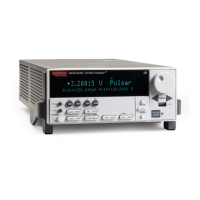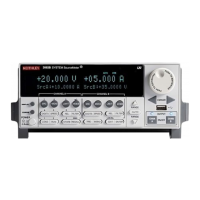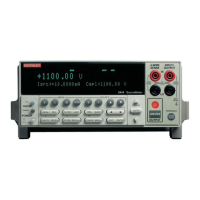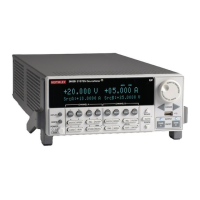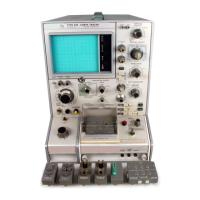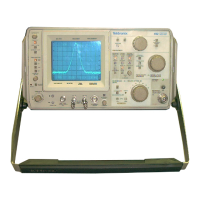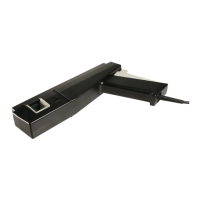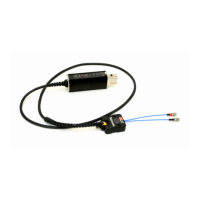Sweep direction
For C-V sweeps, you can sweep either from accumulation to inversion, or from inversion to
accumulation. Sweeping from accumulation to inversion will allow you to achieve deep depletion,
profiling deeper into the semiconductor than you otherwise would obtain by maintaining equilibrium.
When sweeping from inversion to accumulation, you should use a light pulse to achieve equilibrium
more rapidly before the sweep begins.
Delay time
For accurate measurement, delay time must be carefully chosen to ensure that the device remains in
equilibrium in the inversion region during a sweep. With too fast a sweep, the device will remain in
nonequilibrium, affecting Q/t, as shown in the following figure, and also resulting in skewed
C-V curves.
Figure 101: Leakage current Q/t through device
Determining the optimal delay time
For accurate interface trap density measurement, delay time must be carefully chosen to ensure that
the device remains in equilibrium in the inversion region during a sweep. An equilibrium test is
provided to determine the optimum delay time.
The equilibrium test uses the Model 595 to perform a series of quasistatic capacitance and Q/t current
measurements using different delay times. The figure below shows the typical capacitance and Q/t
curves generated for this test. As shown, the optimal delay is the second TDelay point after both
curves have flattened out.
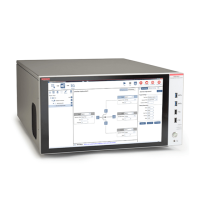
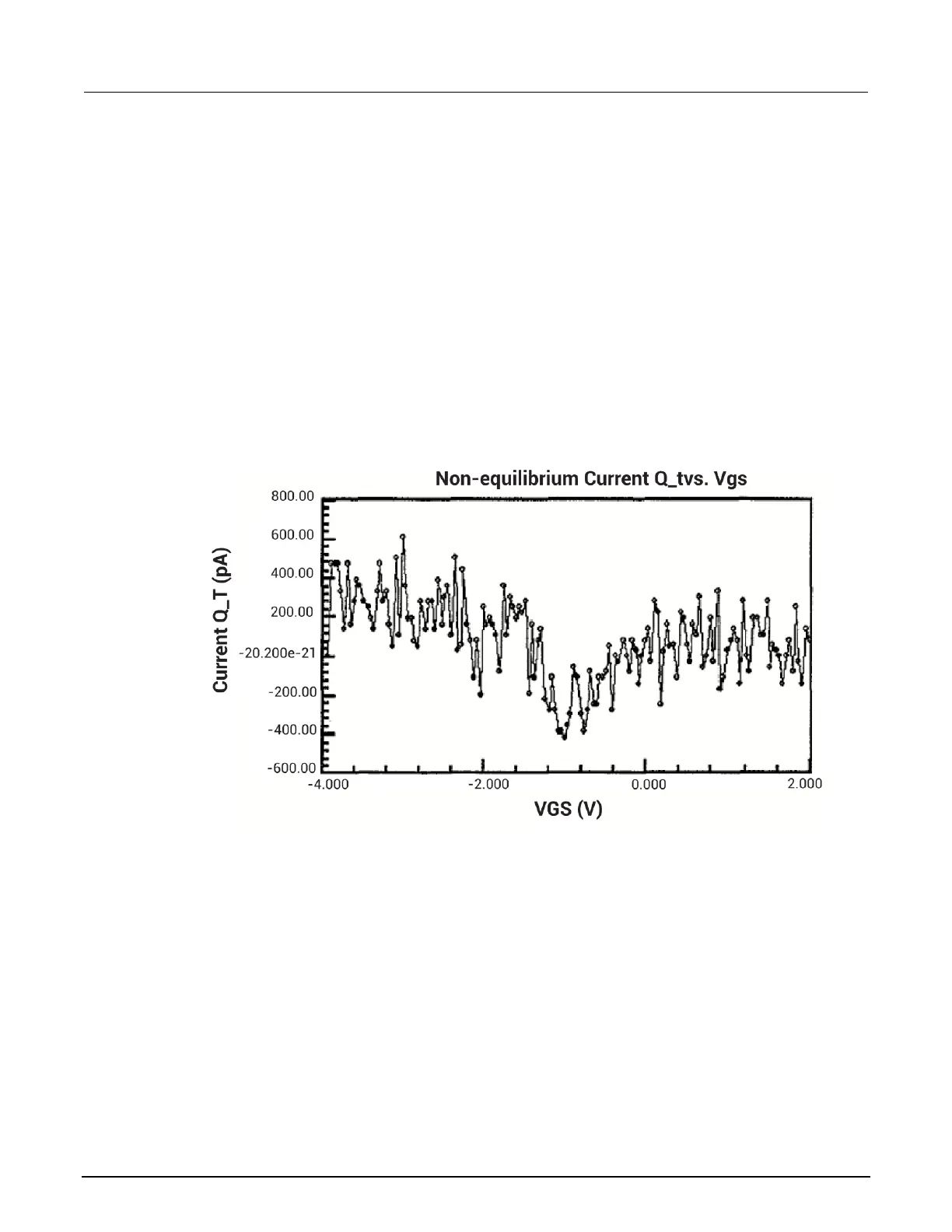